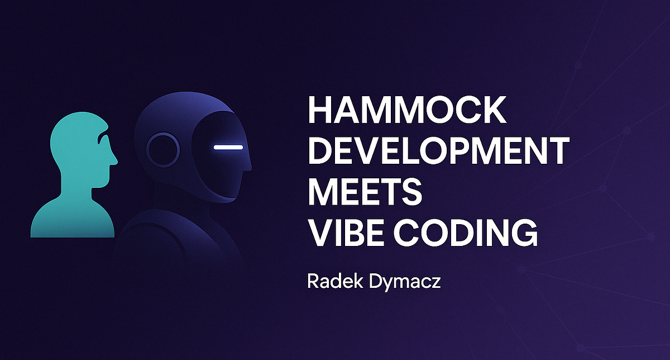Medium
1w
367

Image Credit: Medium
Hammock-Driven Development Meets Vibe Coding: Planning for the Future of Human-AI Software…
- AI assistants like Cursor, Windsurf, Aider, and Codex are transforming software development by bridging the gap between human ideas and AI implementation.
- Hammock-Driven Development and Vibe Coding merge to create a new framework where human creativity is enhanced by AI, emphasizing deep thinking and collaboration.
- Hammock Development by Rich Hickey focuses on deep reflection before coding, utilizing both waking and background minds for better understanding.
- Vibe Coding promotes a state of flow and collaboration with AI, treating coding as a dance between human intuition and AI suggestions.
- The future of development may shift from text-based to more visual approaches, focusing on architecture, system diagrams, and collaboration around models.
- Integrated approaches like Hammock Time, Vibe Rules, and AI-Assisted Execution blend deep thinking, product design, and AI implementation in creating software.
- The combination of Hammock Development and Vibe Coding emphasizes deep thinking preceding action, followed by flow-based implementation and continuous refinement.
- Junior developers may face challenges in learning with AI handling implementations; however, tools and approaches will evolve to free up creativity for higher-order concerns.
- Future development environments must provide transparency and visibility into code context to enable effective human-AI collaboration and creativity.
- The future of software development underscores the importance of clear problem-solving, design principles, and collaboration with AI for innovation.
- Junior developers need to focus on design principles, creativity, and collaborative skills, as AI assists in implementation, shifting the focus from syntax to systems thinking.
Read Full Article
22 Likes
For uninterrupted reading, download the app